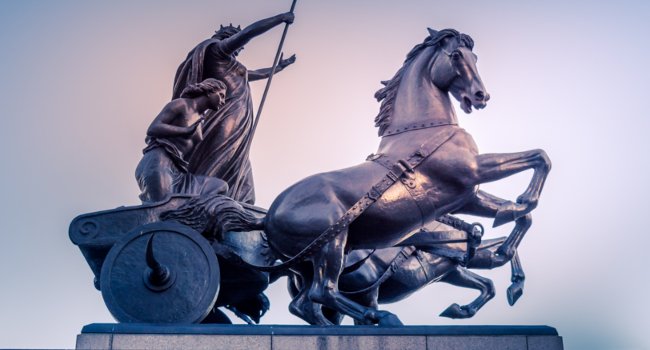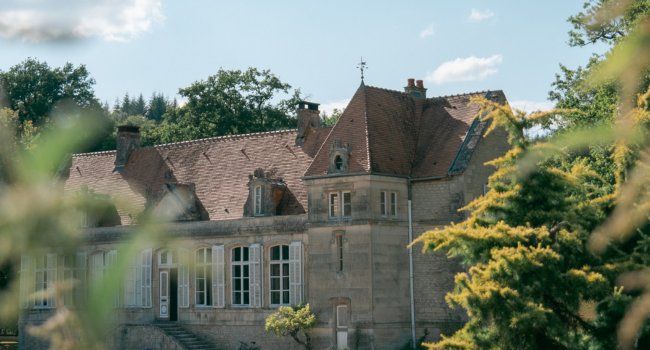Defence of Britain
The main focus of this website though is the Romans, but the additional backgrounds to include Norman, Medieval, Georgian and modern provides a historical context to the history of the county.
Chichester
The Roman town of Noviomagus Reginorum, now modern-day Chichester, expanded considerably over the time of the Romans, yet architectural sites are difficult to see since so many later historical periods have successively built on top. Chichester also had Roman baths, an amphitheatre, barracks in the town and under the site of Chichester Cathedral, it is suspected there is a basilica. The Cogidubnus Stone recording the erection of a temple to Minerva by the Guild of Smiths was excavated in Chichester in 1723 and can now be seen easily outside the Chichester Assembly Rooms.A surprisingly large amount of the original Roman core remains in Chichester’s city walls, although most of the visible stonework is the result of 18th-century restoration.
Arundel
Arundel is a market town in West Sussex, with a medieval castle and Roman Catholic cathedral. The River Arun runs through the eastern side of the town. The Arundel Castle seen today is a restored and remodelled medieval castle established by Roger de Montgomery in 1067. The castle was damaged in the English Civil War and then restored in the 18th and 19th centuries.
Smaller than Fishbourne it has fine mosaic tile floors that visitors can view. There are many other traces of the Romans in Sussex, including remains at Angmering, Arundel, Southwick, West Blatchington, Chilgrove and UpMarden.
Arundel is a great venue for your wedding reception, civil ceremony or a wedding anniversary. Here is a list of wedding anniversaries to help you with the color theme, flowers and the theme of the anniversary. Also we have listed some of the most romantic places near Arundel to celabrate your wedding anniversary - Amberley Castle, Bailiffscourt Hotel & Spa, Findon Manor, Fitzleroi Barn.
Roman villas and palaces
Fishbourne Roman Palace is probably the best preserved, best presented and largest Roman Palace in Britain. Most of the original Palace and its estate is buried under the village of Fishbourne and may be lost forever, but it is clear this was a home for a wealthy family, and perhaps the king of Sussex since in Roman times, the Birdham Channel of Chichester Harbour was navigable right up to Fishbourne Creek, meaning the palace could control the international traffic of the Roman Empire. Bignor Roman Villa is another fine Roman building on a farmstead, discovered by accident.
Roman Road: Chichester to London
Stane Street is a very straight Roman road that runs from Chichester to London and was part of the military efficiency of the Roman Empire, with posting stations near Pulborough and Horsham to help relay messages. Other Roman roads run from Roman a road from Chichester to Silchester in north Hampshire. Chichester Harbour has a sandbar across the entrance that has caused the main channels leading to Emsworth, Bosham, Fishbourne and Birdham to silt up. Much of the Sussex coast has been tamed by concrete barriers, reinforced by shingle banks, particularly in Bognor, Worthing and Brighton. These changes have shifted the problems elsewhere, coastlines like Selsey are now vulnerable to the increased water inching inland each year.

The end of the Roman Empire in Britain
By around 410AD, The Romans were dealing with threats to their territory in Italy. Britain was on the fringes of the Roman Empire and did not have the resources to help those in Sussex deal with the threat of the Saxons.Payments to the Roman army were halted, and Emperor Honorius advised local governors that they would have to plan their own defence. This led to the Saxons invading the south-east of England, where they created and gave the name to the Kingdom of Sussex.
The boundaries of this Kingdom had changed over the centuries, with the most recent being in 2000 when Brighton & Hove became a unitary authority and calls continue for East and West Sussex to become one.

Coastline
The Sussex sea levels and coastlines have seen major changes over the last two millennia which has had a big influence on the Sussex way of life. In Roman times, for example, the tidal inlet of the main rivers meeting the Sussex coast was much deeper than they are today. More recent history has seen large storms impacting on the use of harbours and the ability to navigate rivers as land falls into the sea.
The biggest changes can be seen at Steyning and Bramber, that were once major ports, but the silting up of the River Adur (previously known as the Shoreham River) has left them dry. The port of Old Shoreham, established in the 11th century in response to the changes, is itself now not as significant as it once was.